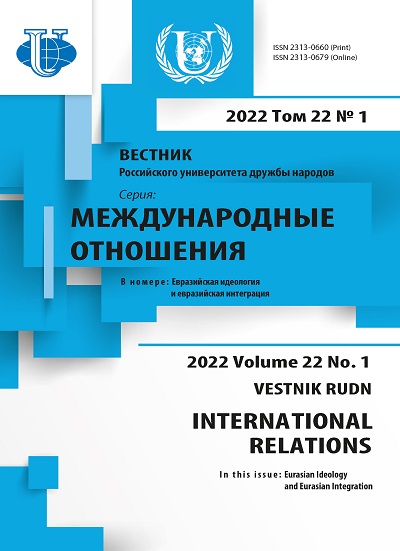Book review: Stergiou, A. (2021). Greece’s Ostpolitik: Dealing with the “Devil”. Cham: Springer, 181 p.
- 作者: Tasoulas A.1
-
隶属关系:
- 期: 卷 22, 编号 1 (2022): Eurasian Ideology and Eurasian Integration
- 页面: 205-207
- 栏目: 评论
- URL: https://journals.rudn.ru/international-relations/article/view/30690
- DOI: https://doi.org/10.22363/2313-0660-2022-22-1-205-207
如何引用文章
全文:
详细
-
作者简介
Argyrios Tasoulas
编辑信件的主要联系方式.
Email: argyr22@gmail.com
ORCID iD: 0000-0002-9101-0735
PhD in History, Independent Researcher
Athens, Greece参考
- Stergiou, A. (2021). Greece’s Ostpolitik: Dealing with the “Devil”. Cham: Springer
- Stergiou, A. (2007). Soviet policy towards Cyprus. The Cyprus Review, 19(2), 83-106
- Tasoulas, А. (2021). The Cyprus issue in the foreign policy of the USSR, 1953-1974 [thesis]. Moscow: RUDN publ. (In Russian).








